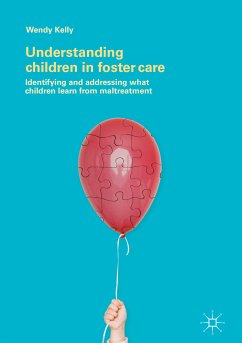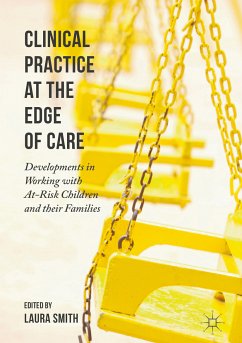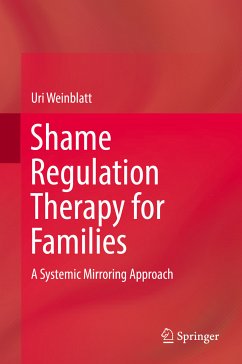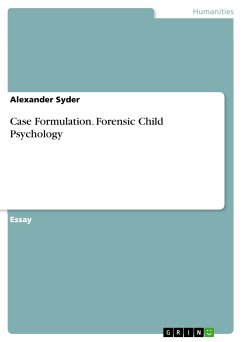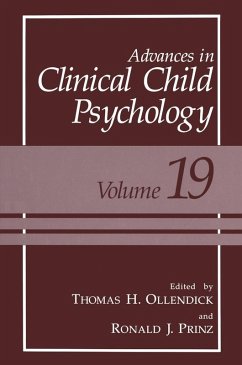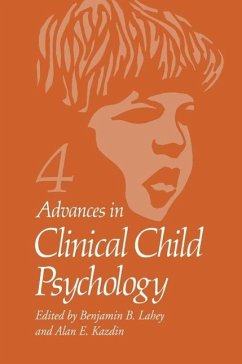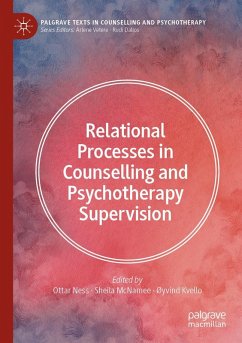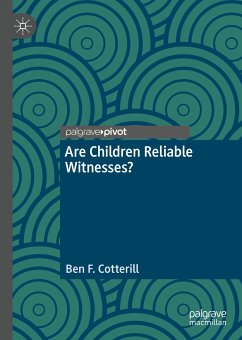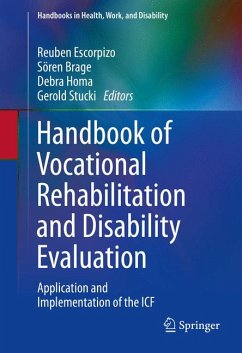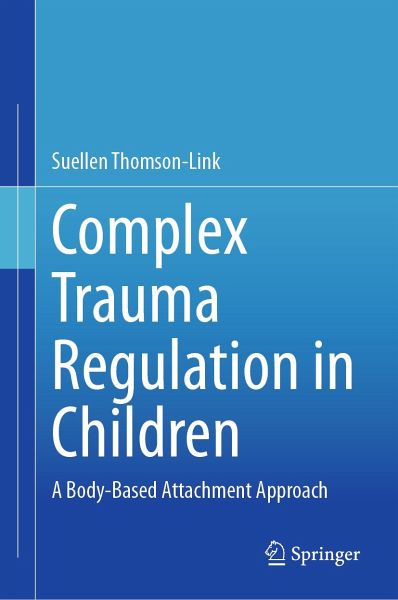
Complex Trauma Regulation in Children (eBook, PDF)
A Body-Based Attachment Approach
Versandkostenfrei!
Sofort per Download lieferbar
56,95 €
inkl. MwSt.
Weitere Ausgaben:

PAYBACK Punkte
28 °P sammeln!
This book outlines both the theory and application of regulation intervention strategies for children with complex trauma history. National statistics identify that 1:7 children in the United States are subjected to child abuse or neglect. The age group with the highest reported incidences are in the 1-3 year old age group. The primary perpetrators of this abuse are the child's caregivers. This age is closely associated with the critical period of development in the areas of the brain, the child's physiology and their social/emotional well being. When primary attachment is disrupted, delays an...
This book outlines both the theory and application of regulation intervention strategies for children with complex trauma history. National statistics identify that 1:7 children in the United States are subjected to child abuse or neglect. The age group with the highest reported incidences are in the 1-3 year old age group. The primary perpetrators of this abuse are the child's caregivers. This age is closely associated with the critical period of development in the areas of the brain, the child's physiology and their social/emotional well being. When primary attachment is disrupted, delays and disruptions across many domains occur.
When the perpetrator of their trauma is the same person who should be ensuring their safety, a child develops behaviors in an attempt to make sense of their world. The behaviors serve a purpose. Behavioral approaches which rely on positive and negative consequences do not adequately address the cause of the behavior and are therefore ineffective. Other existing trauma interventions rely on the individual to cognitively process information. However, when dysregulated, retrieval of information from the frontal lobe of the brain is not physiologically possible. All these approaches also intervene on the assumption that the child knows what normal regulation feels like. Most of these children however have only known chaos and fear novelty. This attachment based intervention model incorporates neurological, physiological, observational and practical regulation intervention strategies for anyone working with children with complex trauma history. It is able to be applied in home, school, community and in therapy environments. When a child feels regulated and safe, the effectiveness of the child's trauma treatment can be enhanced.
When the perpetrator of their trauma is the same person who should be ensuring their safety, a child develops behaviors in an attempt to make sense of their world. The behaviors serve a purpose. Behavioral approaches which rely on positive and negative consequences do not adequately address the cause of the behavior and are therefore ineffective. Other existing trauma interventions rely on the individual to cognitively process information. However, when dysregulated, retrieval of information from the frontal lobe of the brain is not physiologically possible. All these approaches also intervene on the assumption that the child knows what normal regulation feels like. Most of these children however have only known chaos and fear novelty. This attachment based intervention model incorporates neurological, physiological, observational and practical regulation intervention strategies for anyone working with children with complex trauma history. It is able to be applied in home, school, community and in therapy environments. When a child feels regulated and safe, the effectiveness of the child's trauma treatment can be enhanced.
Dieser Download kann aus rechtlichen Gründen nur mit Rechnungsadresse in A, B, BG, CY, CZ, D, DK, EW, E, FIN, F, GR, HR, H, IRL, I, LT, L, LR, M, NL, PL, P, R, S, SLO, SK ausgeliefert werden.



